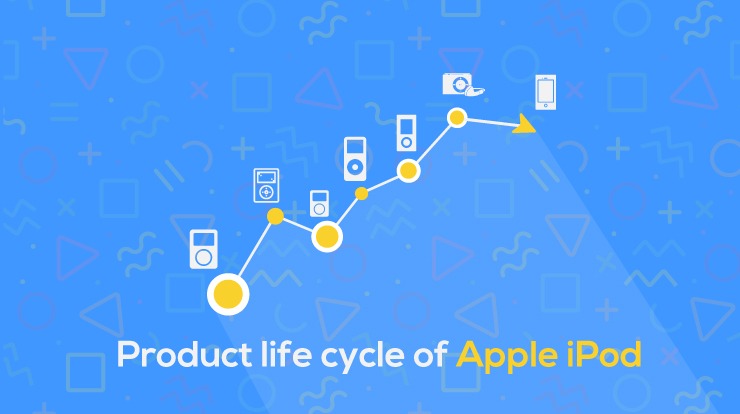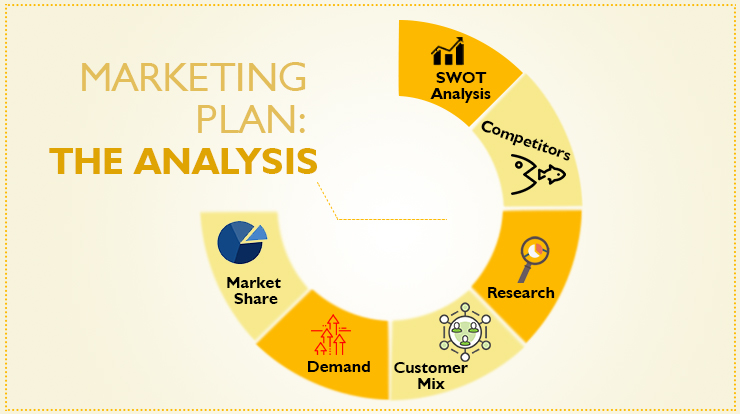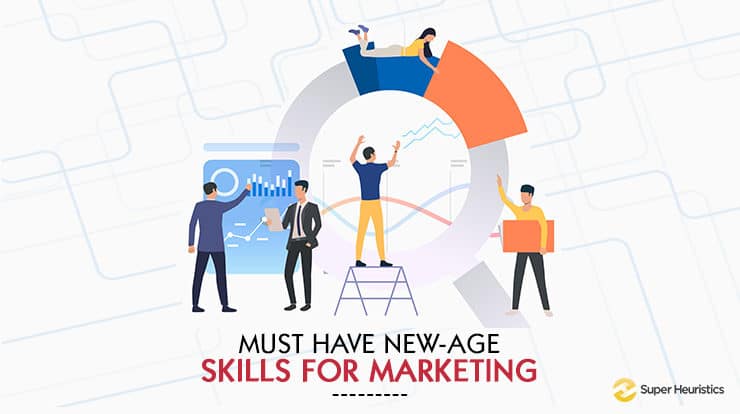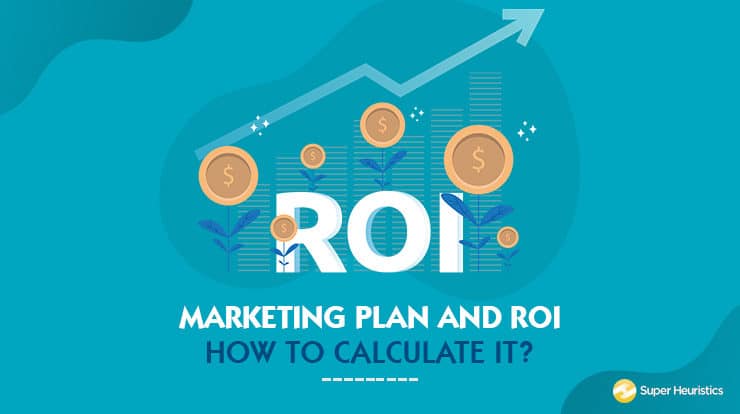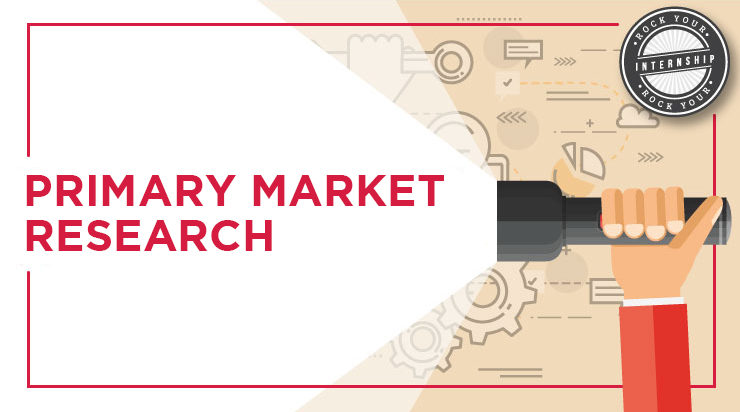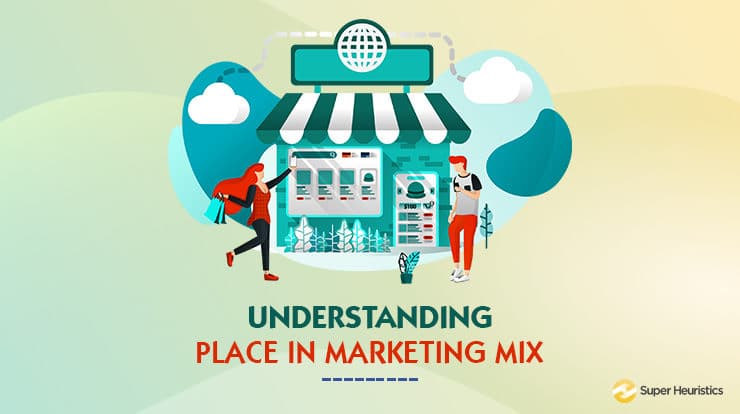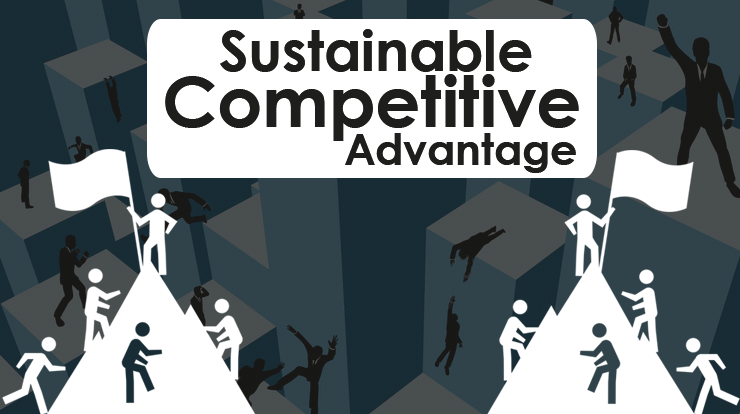
The question is, what is this Sustainable Competitive Advantage? Even more than that, the question would be how to develop this competitive advantage.
In the last Strategy article – Competitive Advantage – the Messi of your business, I talked about competitive advantage and the two types, i.e., Cost Leadership and Differentiation.
A quick recap of that:
A firm enjoys a competitive advantage when it provides its customers benefits similar to its competitors but at a lower price. That's because it manufactures its products at a much lower cost as compared to the competitors. The lower cost of production gives it the cost advantage allowing it to price its products lower than competitors.
The same firm also enjoys a competitive advantage when it provides its customer's benefits superior to what is being offered by its competitors, but at the same price. These excellent benefits give the firm a differentiation advantage.
What Do These Advantages Mean?
These are two strategies for the same objective. Both these advantages translate into superior value creation for customers and higher profits for the firm. The cost and differentiation advantages give the firm a positional advantage – either in any one or both.
What are the Sources of Sustainable Competitive Advantage?
The sustainable competitive advantage sources for any company include Brand Loyalty, Innovation, Proprietary Information Scale, Intellectual Property, Innovation, Network- effect.
Brand Loyalty
The strength of the brand drives brand loyalty. Consumers tend to purchase one brand product continuously.
Ex: Google, Samsung, Amazon.
Innovation
Innovation is the essence to propel. It is the way you use technology to solve the problems of the customer and create value.
Ex: Apple, Microsoft
Proprietary Information
Any kind of knowledge that the firm possesses which will help in generating value.
Ex: Amazon possesses the purchase information of buyers, which helps them target customers and provide customized solutions.
Scale
More scale over competitors gives you the advantage to sell at a lower cost and achieve economies of scale.
Ex: Cost differentiation (Walmart)
Intellectual Property
The possession of rights over specific formulas, processes, or patents.
Ex: Intellectual property rights of Toyota Lean manufacturing Process
Network Effect
When the value of the product increases with increases in the number of consumers.
Ex: Facebook
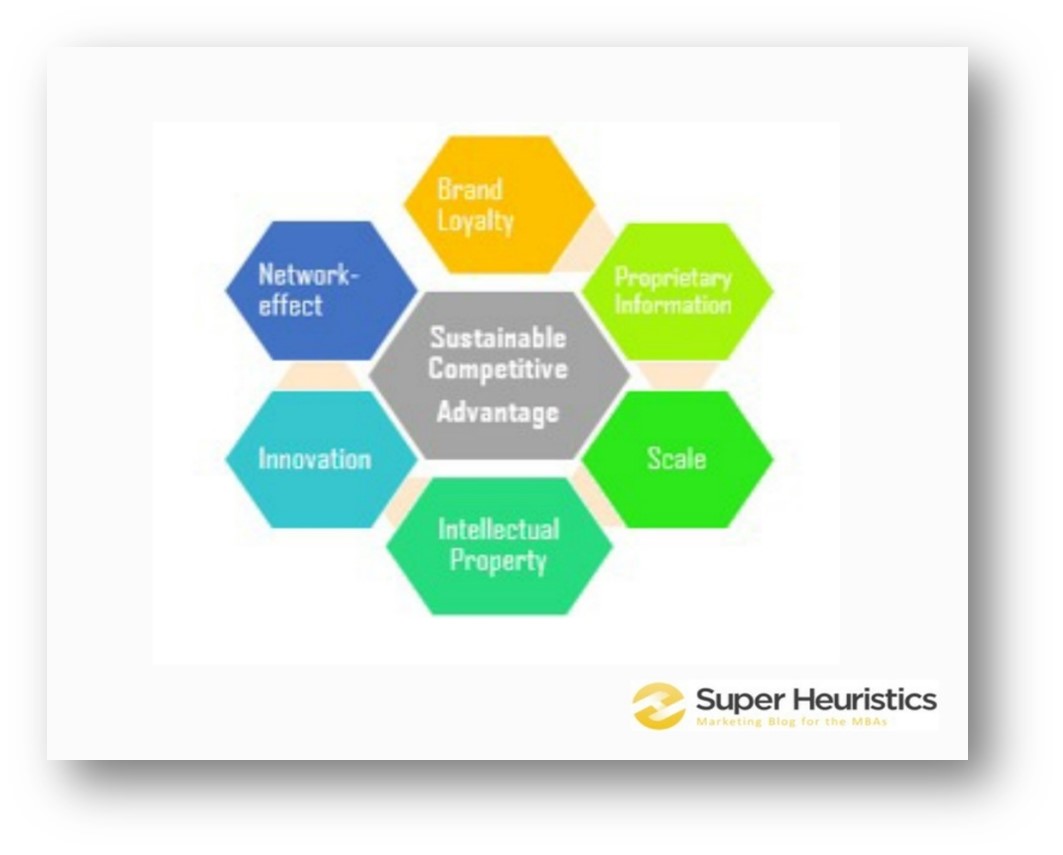
How do Firms Gain a Sustainable Competitive Advantage?
A firm uses its capabilities and resources to offer products and services that customers want. When a firm uses them optimally to produce a product at the lowest cost and with more features, it creates a cost or differentiation advantage.
The concept becomes clear through the following diagram.
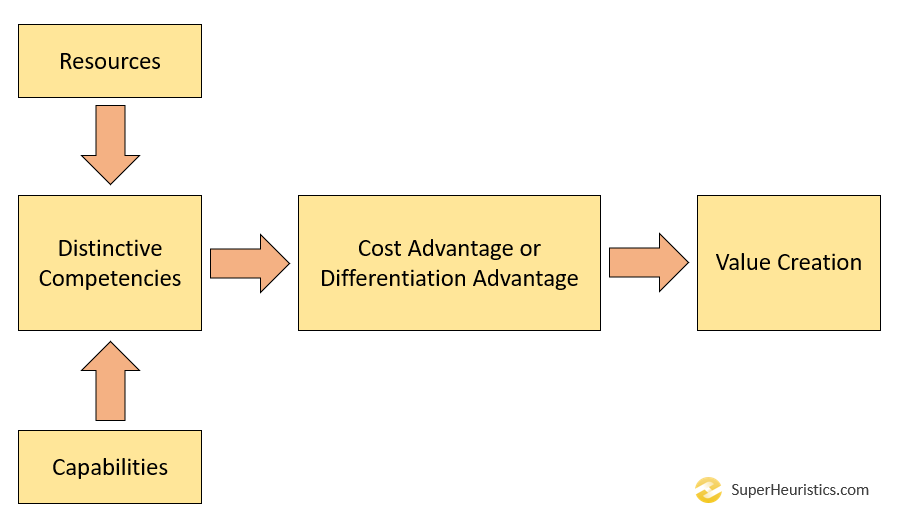
The resource-based view dictates that the firm must have better resources and capabilities than its competitors to leverage them for a cost or differentiation advantage. If it is not so, the competitors would easily copy the firm's offerings.
The challenge to firms is to achieve a sustainable competitive advantage through deploying their resources capably. Porter suggests a way through his matrix incorporating a source of cost and differentiation advantage juxtaposed against broad and narrow markets in which the firm competes. This matrix helps to create generic strategies that can offer a competitive advantage to the firm.
Porter's Generic Strategies Matrix is as per the diagram below.
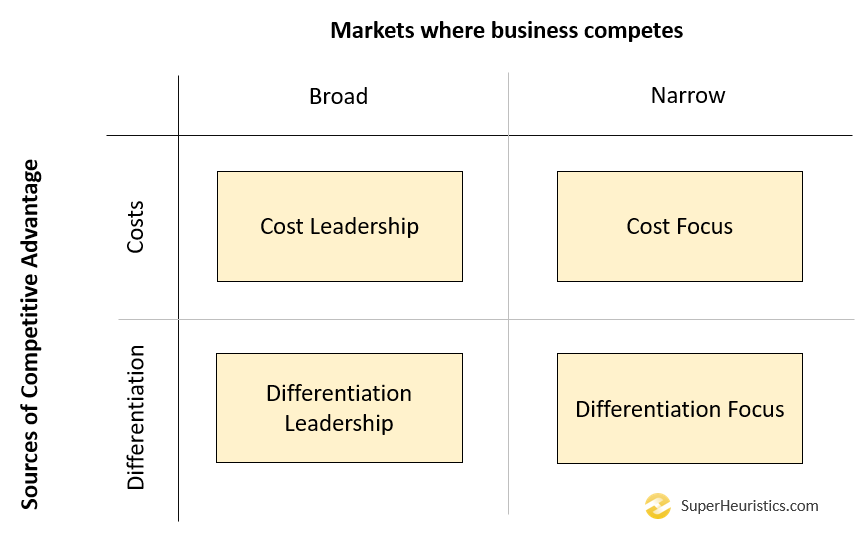
A firm can achieve either cost leadership or differentiation leadership or derive the maximum competitive advantage using generic strategies.
Porter further adds that a firm creates value through the value chain, which is the set of activities performed by the firm and everyone else in the value system in which the firm operates.
In the earlier blog, we saw how Messi delivered the competitive advantage to Barcelona. We also introduced another thought – whether the competitive advantage is enough or we need to sustain it.
Using the concepts as developed by Porter, let us see how they apply to real businesses.
What Will Barcelona Do When Messi Retires?
In the last article – Competitive Advantage – the Messi of your business, I analyzed how Competitive Advantage is like Messi for Barcelona.
As long as Messi is with Barcelona, the club has a competitive advantage. So, the club sustains the competitive edge by retaining Messi – he has not played for another club apart from his country. Of course, Barca can maintain its competitive advantage to remain successful if it can find a player such as Messi as a replacement when he retires, provided other elements remain constant.
Our example of Barcelona is an excellent representation of an entity sustaining competitive advantage. It has been at the top division of the football scene since it was founded in 1899 without relegating to a lower division. Innumerable records of the team and its players speak volumes about the success of the cub.
The Case of Coffee Day
A powerful brand can provide a sustainable competitive advantage to the company. It takes a lot of effort and investment to build a powerful brand, and Coffee Day is a good example. Its powerful brand equity helped it to overcome some disruption due to an IT raid in September 2017. It also has successfully warded off competition from other entrants and players – Barista, Starbucks, and Costa Coffee.
If a company can sustain its low-cost advantage, it can extend its competitive advantage as long as it has that advantage.
Competitive Advantages of Coffee Day
Coffee Day is an excellent example of its cost of making coffee, it is the lowest in the market. Its low-cost advantage comes from a business that is fully integrated into the back end and front end. It owns its plantations, curing works, roasting plants, research labs, and cafes.
A low-cost advantage gives the company tremendous pricing power. It is a truism that cost is a fact and price is a strategy. Thus, with a low-cost advantage, a firm can use the marketing mix's price element judiciously to derive maximum profits for the firm without losing out on customers. This perhaps is one reason why Starbucks cannot easily break into Coffee Day's strongholds.
Over a period, a company acquires assets that can convert into strategic assets. In the case of Coffee Day, its plantations, curing works, and research labs have transformed into strategic assets giving it a distinct competitive advantage.
Another strategic asset is the quality of people working in Coffee Day. It has trained its people at its vocational training center set up in Chickmagalur, its manufacturing headquarters.
Porter's second type of competitive advantage is product differentiation. Coffee Day has distinct advantages in its continually changing menus in line with the seasonality and evolving preferences of its customers. While brand loyalty can do so much, product differentiation lends a more considerable competitive advantage. The company has grown from starting as an Internet café to a style statement where youngsters love being at the café to spend time with their friends with a lot happening over a cup of coffee.
There are several ways in which one can maintain a competitive advantage.
- Look into the future and locate new markets to expand your business
- Create entry barriers so that competition finds it challenging to enter your market
- Continuously tweak the elements of the marketing mix to stay ahead of the competition. Launch new products, do aggressive pricing, stay on top of consumers' mind with appropriate advertising strategies, ensure your products and services are always available, listen to customers' feedback and act upon them
The moment Coffee Day fails to retain its competitive advantage, you can see a host of competitors entering the fray and carving a decent market share for themselves.

